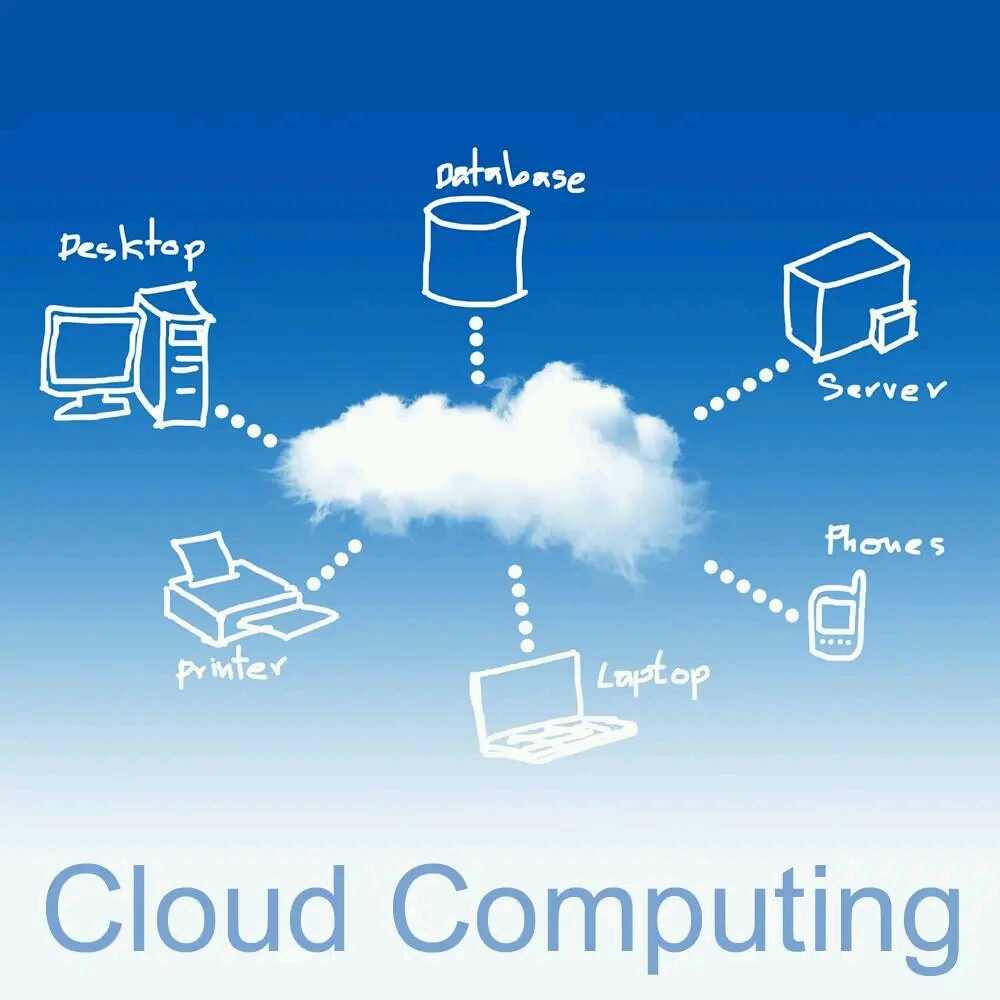Top Threats in Cloud Computing and How to Prevent Them

Top Threats in Cloud Computing and How to Prevent Them
Organizations and even people face many threats to their information systems and data. As a prevention and in order to protect ourselves we need to understand some of the basic elements of hacking so it’s the first steps to prevent yourself from the threats.
People across the world and mainly here in our society aren’t aware yet of this enormous dangers. That’s why I thought of you, to inform you how to prevent this, by teaching you security strategies; besides, reminding you that security should be top of mind across our usual web journey.

You’ve probably heard a load of rumors and buzz about the safety threats of your data in the cloud, from malware to cyberattacks to faulty authentications. While some of these are just plain scary to the public, there is also some truth. But this shouldn’t worry you or your cloud admin. Your cloud provider takes security very seriously. And implements several layers of protection for your data in the cloud. As for your side, there are also some things you can do to harden the security further.
Here are the most common cloud computing threats and how you can prevent them:
Threat: Data Breaches
Any circumstance where confidential data is at risk, whether by mistake or intentional cyberattack, can be considered a data breach. Events like these cause massive damage, not just to company reputation and customers’ trust. But also on business damage like financial and market value.
Solution:
One of the most vital aspects to preventing data breaches is people. Your cloud admin/team should be cautious on tracking to whom access is given. In some cases where it is inevitable, you must always be prepared with a disaster plan and strategy to control and isolate the damage.
Threat: Insufficient Authentication
One unauthorized entry to your cloud system could lead to damages and losses on multiple levels. Aside from having access to your data, attackers can even overwrite settings or infuse malware. This is a huge impact that may take a lot of time to repair or be permanent.
Solution:
Multi-factor authentication is now becoming the new normal in cloud systems. Always prompt your teammates to change strong passwords from time to time or implement mandatory rotating passwords. It is also important to segregate your database on importance secured with different authentication so that it would be easier to isolate damages caused by attackers.
Threat: Insider Attack
People with the most access to your system are the same people who can easily create havoc. There is virtually no firewall that can prevent them from doing this if they choose to. The impact of this rare but unfortunate event is the same as with data breaches but can spread like wildfire very quickly.
Solution:
You and your team are advised to undergo security training, no what your job position is responsibility is. It helps create a wary environment so you’ll know there a possible attempt of an insider attack. Limiting devices that can access your cloud system is also important so you can closely monitor all activities. You can also regulate or distribute privileged access to several employees.
Threat: Misconfigured or weak architecture
Your whole cloud experience depends on how dependable your architecture is. Most companies who move from the cloud unfamiliar with the transition. They are the ones who often replicate their traditional system and apply it directly to the cloud, which causes loopholes and vulnerabilities. Architecture is fundamental, and failure to strengthen it can affect most of your cloud operations.
Solution:
Before moving everything to the cloud, ensure that a secured architecture is already planned out and can easily be implemented. The architecture should also be aligned to your business goals and easily be changed or overwritten when a problem surfaces.

The Top 5 Security Risks of Cloud Computing
1. Secure data transfer.
All of the traffic travelling between your network and whatever service you’re accessing in the cloud must traverse the Internet. Make sure your data is always travelling on a secure channel; only connect your browser to the provider via a URL that begins with ”https.” Also, your data should always be encrypted and authenticated using industry standard protocols, such as IPsec (Internet Protocol Security), that have been developed specifically for protecting Internet traffic.
2. Secure software interfaces. The Cloud Security Alliance (CSA) recommends that you be aware of the software interfaces, or APIs, that are used to interact with cloud services. ”Reliance on a weak set of interfaces and APIs exposes organizations to a variety of security issues related to confidentiality, integrity, availability, and accountability,” says the group in its Top Threats to Cloud Computing document. CSA recommends learning how any cloud provider you’re considering integrates security throughout its service, from authentication and access control techniques to activity monitoring policies.
3. Secure stored data.
Your data should be securely encrypted when it’s on the provider’s servers and while it’s in use by the cloud service. In Q&A: Demystifying Cloud Security, Forrester warns that few cloud providers assure protection for data being used within the application or for disposing of your data. Ask potential cloud providers how they secure your data not only when it’s in transit but also when it’s on their servers and accessed by the cloud-based applications. Find out, too, if the providers securely dispose of your data, for example, by deleting the encryption key.
4. User access control.
Data stored on a cloud provider’s server can potentially be accessed by an employee of that company, and you have none of the usual personnel controls over those people. First, consider carefully the sensitivity of the data you’re allowing out into the cloud. Second, follow research firm Gartner’s suggestion to ask providers for specifics about the people who manage your data and the level of access they have to it.

5. Data separation.
Every cloud-based service shares resources, namely space on the provider’s servers and other parts of the provider’s infrastructure. Hypervisor software is used to create virtual containers on the provider’s hardware for each of its customers. But CSA notes that ”attacks have surfaced in recent years that target the shared technology inside Cloud Computing environments.” So, investigate the compartmentalization techniques, such as data encryption, the provider uses to prevent access into your virtual container by other customers.
SEE ALSO : Cloud Computing & Cloud Migration And Their Benefits
Hope this post on Top Threats in Cloud Computing and How to Prevent Them is helpful?
Comments are closed.